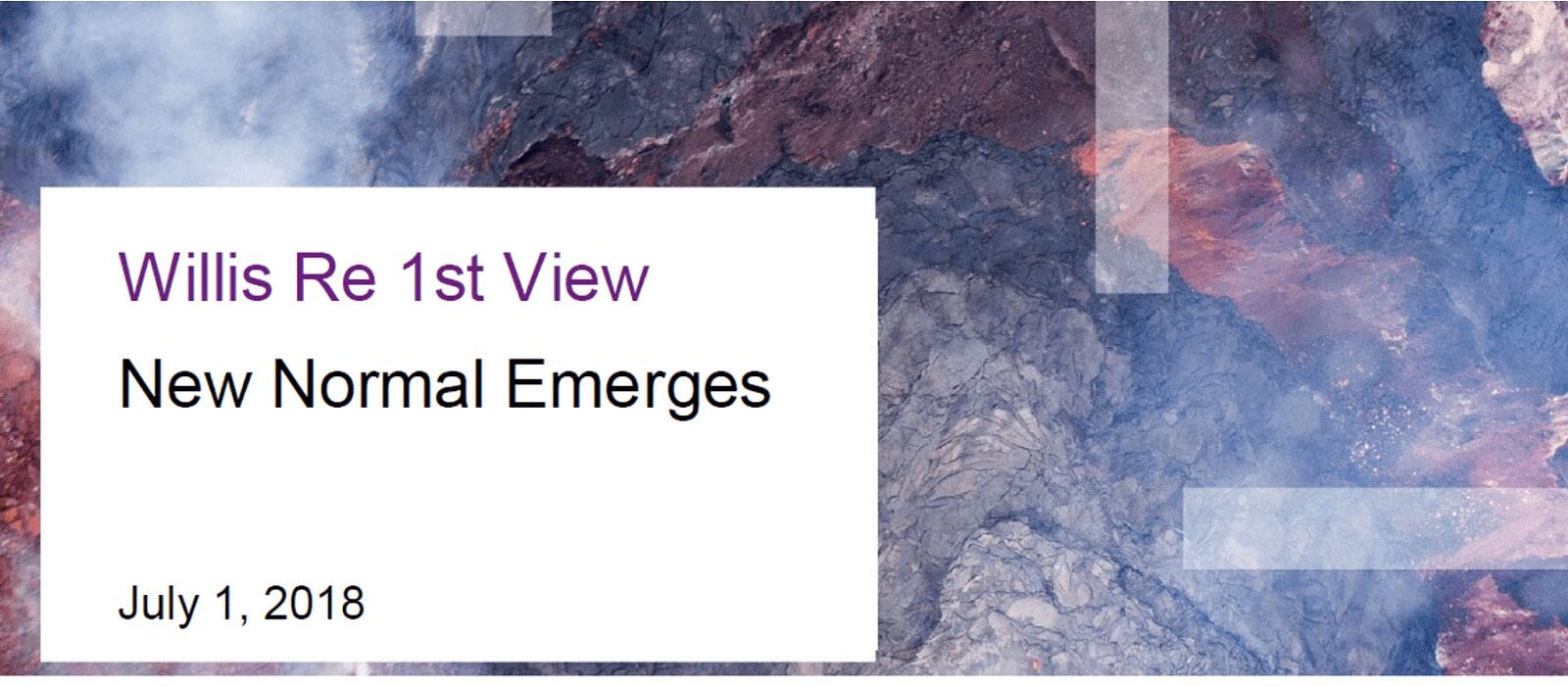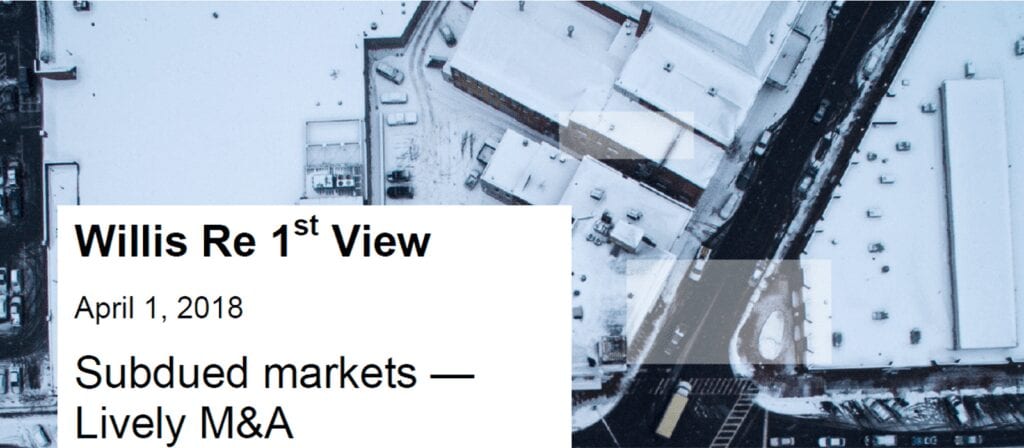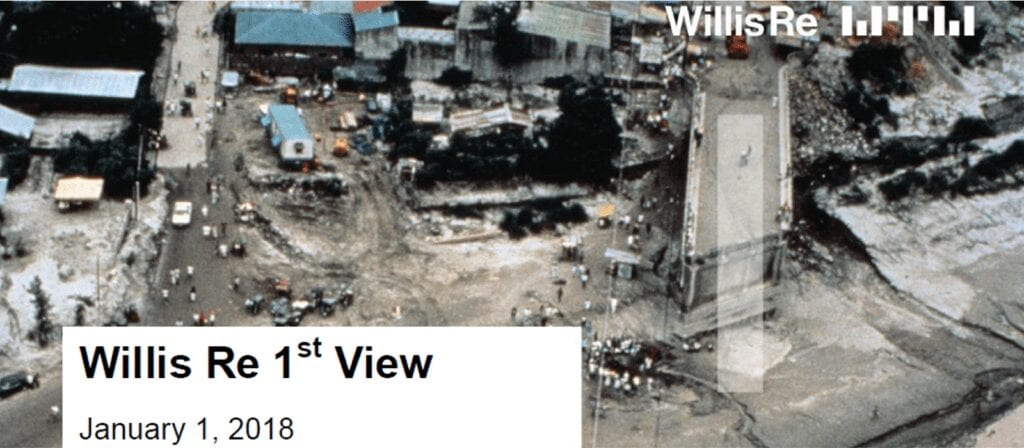According to the latest 1st View renewals report from ICMIF member Willis Re, momentum for rate increases on loss-free reinsurance accounts dissipated during the June/July property catastrophe renewals, and in some cases, pricing declined. For example, although most loss-free Florida property accounts were flat, some saw rate declines of up to -7.5%, as competition for this business was heightened, and non-traditional players offered layers with reinstatements. Reinsurance lines beyond property catastrophe have seen varied results for the mid-year renewals and where original loss ratios have deteriorated due to sequential years of rate reductions or high loss activity, reinsurance pricing has firmed.
Three trends drove the property catastrophe renewals:
- Excess capital leading to a surplus of capacity both from traditional and insurance-linked securities (ILS) markets.
- Stabilization of 2017 natural catastrophe loss estimates, which typically remain below initial projections, and often retained net by larger insurers.
- Benign loss activity so far during 2018.
Together these three factors are driving the emergence of a ‘new normal’ in property cat reinsurance pricing, according to the report, and carriers have begun to react. Some have cut costs while others are actively reviewing the profitability of every piece of business on their books, and respond accordingly.
Findings in the report state that the approach will ultimately prove beneficial, as it promotes the discipline that ensures buyers receive long-term, stable support from financially secure counterparties, but it may yet result in challenges for some businesses. For example, with reinsurers’ emphasis shifting from top-line growth to pure underwriting profitability and control, some carriers may reconsider their MGA strategy, endangering some coverholder relationships. The new pricing normal is likely also to impact M&A, as acquirers exercise greater caution and sellers adjust their pricing expectations.
James Kent, Global CEO of Willis Re, said: “Traditional risk carriers face an intense imperative to respond to the new normal with an adjusted business model. Proactive carriers are applying far greater rigor to ensure the profitability of every line of business they accept. The diversity and top-line contribution of marginal lines no longer makes them acceptable if they cannot earn an adequate return.”
Download the full report: The Willis Re 1st View report is a thrice yearly publication including specific commentary on key trends throughout the world’s major reinsurance classes and regions.
Willis Re is a longstanding member of the International Cooperative and Mutual Insurance Federation (ICMIF).






